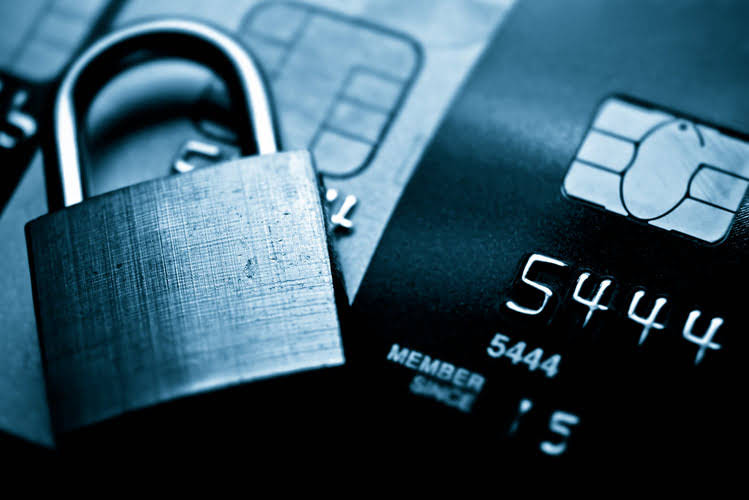
By December 31, one month of the insurance coverage and cost have been used up or expired. Hence the income statement for December should report just one month of insurance cost of $400 ($2,400 divided by 6 months) in the account Insurance Expense. The balance sheet dated December 31 should report the cost of five months of the insurance coverage that has not yet been used up. Hence the cost of the remaining five months is deferred to the balance sheet account Prepaid Insurance until it is moved to Insurance Expense during the months of January through May. Utilities provide the service (gas, electric, telephone) and then bill for the service they provided based on some type of metering.
Depreciation expense for equipment
An accrued revenue is the revenue that has been earned (goods or services have been delivered), while the cash has neither been received nor recorded. The revenue is recognized through an accrued revenue account and a receivable account. When the cash is received at a later time, an adjusting journal entry is made to record the cash receipt for the receivable account. A business needs to record the true and fair values of its expenses, revenues, assets, and liabilities.
( . Adjusting entries for accruing unpaid expenses:

The credit balance in this account comes from the entry wherein Bad Debts Expense is debited. The amount in this entry may be a percentage of sales or it might be based on an aging analysis of the accounts receivables (also referred to as a percentage of receivables). Sales are reported in the accounting period in which title to the merchandise was transferred from the seller to the buyer. An accrued expense is an expense that How to Run Payroll for Restaurants has been incurred (goods or services have been consumed) before the cash payment has been made. Examples include utility bills, salaries and taxes, which are usually charged in a later period after they have been incurred.
- At the end of the accounting year, the ending balances in the balance sheet accounts (assets and liabilities) will carry forward to the next accounting year.
- It’s the financial equivalent of admitting that your shiny new computer won’t be shiny or new forever.
- Sometimes companies collect cash from their customers for goods or services that are to be delivered in some future period.
- The amount in the Supplies Expense account reports the amounts of supplies that were used during the time interval indicated in the heading of the income statement.
- These categories can include prepaid expenses, depreciation, accrued expenses, accrued income, unearned income, bad debts, and other allowances.
- This can include a payment that is delayed, prepaid expenses, growing interest, or when an asset’s value is stretched out over time.
- The revenue is recognized through an accrued revenue account and a receivable account.
Deferred Expense Example
It also represents the portion of the asset’s “value” that was used to produce revenue in the given period. Journal entries are the foundation for any accounting and financial operations. They provide clear records of all business transactions; however, there are multiple types of journal entries that bookkeepers use to keep track of a business’s finances. One type is the adjusting journal entry, which is used when there’s a correction needed or a missing entry.
For instance, failing to record just three common adjustments can lead to a net income overstatement or understatement. journalizing adjusting entries My Accounting Course is a world-class educational resource developed by experts to simplify accounting, finance, & investment analysis topics, so students and professionals can learn and propel their careers. Shaun Conrad is a Certified Public Accountant and CPA exam expert with a passion for teaching. After almost a decade of experience in public accounting, he created MyAccountingCourse.com to help people learn accounting & finance, pass the CPA exam, and start their career. — Paul’s employee works half a pay period, so Paul accrues $500 of wages. Following our year-end example of Paul’s Guitar Shop, Inc., we can see that his unadjusted trial balance needs to be adjusted for the following events.


Let’s take a look at some adjusting entry examples to illustrate how they are used in practice. Remember, all of these sample adjusting entries are made at the end of the period. Thus, if you need to make an adjustment to decrease the value of accrued expenses, you would need to debit the accrued expense account and credit the appropriate expense account.

Accrued Expense Example
- Remember, all of these sample adjusting entries are made at the end of the period.
- The balance sheet dated December 31 should report the cost of five months of the insurance coverage that has not yet been used up.
- However, Accounts Receivable will decrease whenever a customer pays some of the amount owed to the company.
- Therefore, at December 31 the amount of services due to the customer is $500.
- When the cash is paid, an adjusting entry is made to remove the account payable that was recorded together with the accrued expense previously.
- A record in the general ledger that is used to collect and store similar information.
Contact us today to learn more about our outsourced bookkeeping services. An accounting entry for inventory adjustment is https://newinfluencersocial.com/what-is-cost-benefit-analysis-definition-steps-and-3/ needed when taking a physical inventory count that differs from the recorded value on the balance sheet. Any difference between these two values needs to be accounted for through an adjusting journal entry.